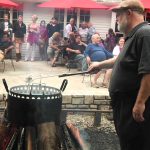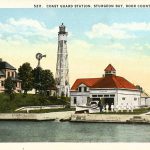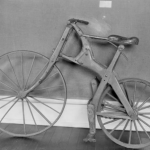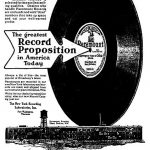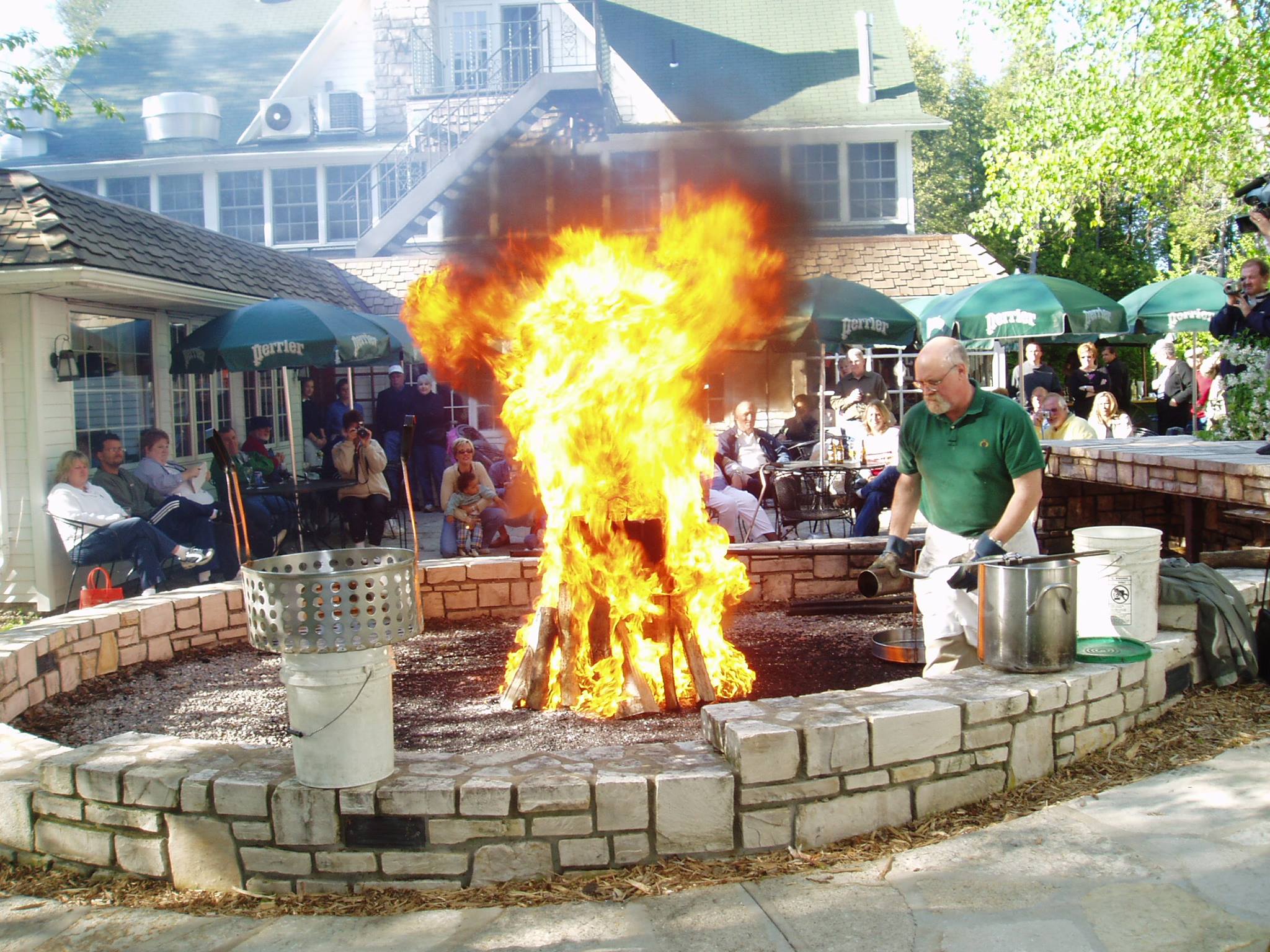
Familiar to many Wisconsinites, the Door County fish boil is more than just a cookout, it is a social experience. It begins when guests arrive early to sit outside around a crackling fire, where they enjoy a drink selected from the beverage cart. In the cool evening air, they chat amongst themselves or with the Master Boiler, who stands at his post tending the pot. The Master Boiler may answer questions about the process for newcomers or tell jokes to entertain the crowd. When the time comes, however, a hush falls over the crowd. The master boiler begins to speak, his voice projecting across the yard as he tells the story of the fish boil.
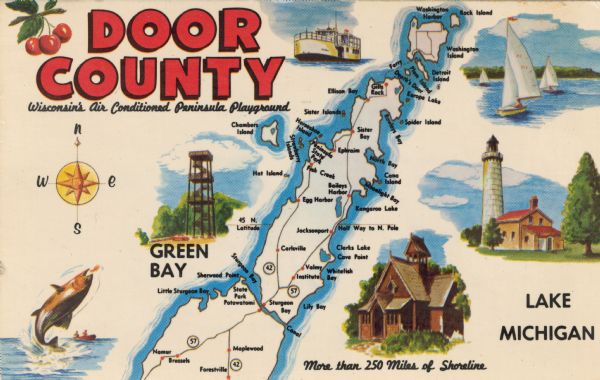
Long-time Door County visitors know this story well. The first fish boils began as a way to feed the large numbers of fishermen and lumberjacks that worked on the peninsula.[1] Lake Michigan provided the Scandinavian settlers with as much whitefish as they could eat and fish boils quickly became community gatherings, often to celebrate weddings and other occasions. Entrepreneurs built the first resorts in the county in the mid-nineteenth century, but tourism really took off in the early twentieth century with the construction of highways to facilitate motor vehicle travel.[2] Restaurants and attractions sprang up across the peninsula at the turn of the century, catering to the crowds of city-dwellers looking for a summer escape up north. In 1961, Lawrence and Annette Wickman started the first commercial fish boil at their restaurant, Viking Grill, in Ellison Bay, followed shortly after by the owners of the White Gull Inn in Fish Creek; both boil nightly throughout the summer season to this day.[3]
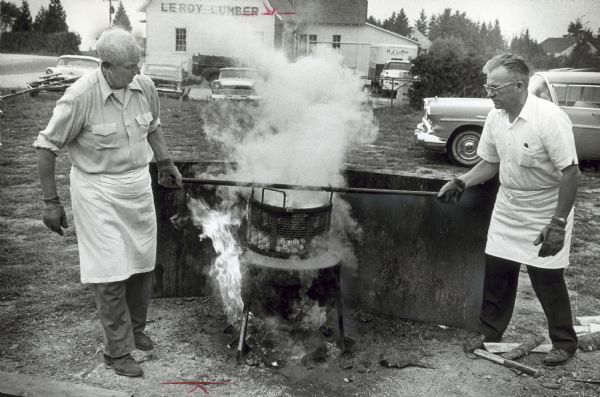
The Master Boiler starts by building the fire. According to Russ Ostrand, the first master boiler at the White Gull Inn, beechwood is the best fuel because it holds flame the longest.[4] As the water starts to boil, the master tosses in large amounts of salt, not just for seasoning, but to keep the fish and potatoes floating on the surface so they cook faster.[5] When it’s time to add the potatoes, they’ll cook for twenty minutes, after which the whitefish steaks are added to cook for seven minutes more. Finally, it’s time for the boil-over. The master boiler tosses kerosene onto the flames, causing them to jump up to fifteen feet in the air. The pot boils over, removing all the fish oil, foam, and debris, leaving clean, perfectly cooked fish and potatoes. After the boil-over, families are invited to sit down inside the restaurant. Everyone lines up to grab a place where hosts serve potatoes and fish with butter and lemon. The wait is over, it’s time to eat!
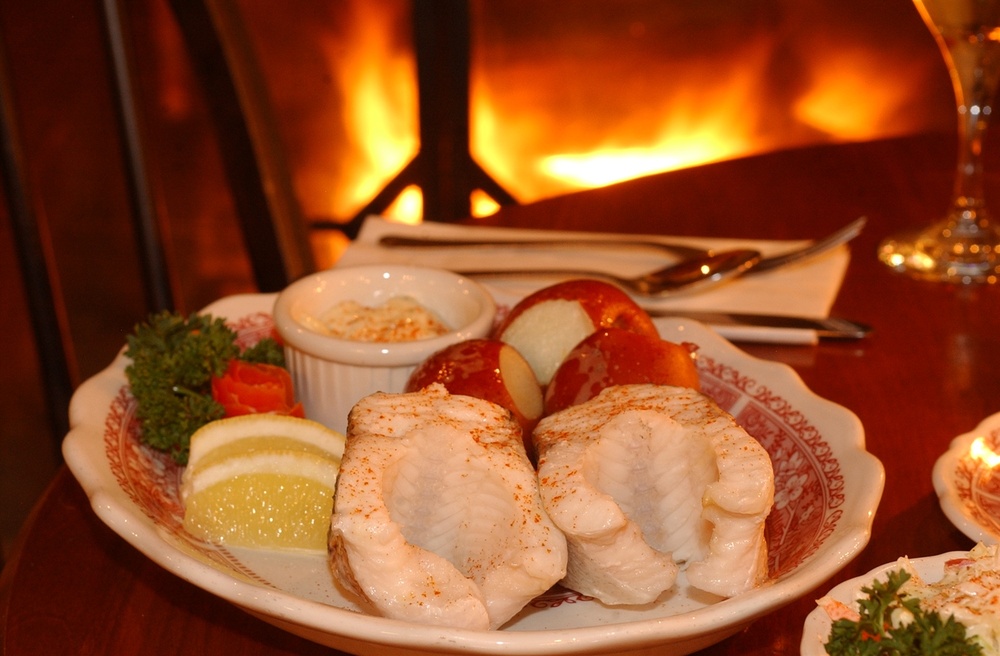
Written by Maddy McGlone, May 2021.
FOOTNOTES
[1] “Fish Boils in Door County,” Destination Door County, accessed April 9, 2021, https://www.doorcounty.com/experience/fish-boils/#:~:text=Fish%20Boil%20History&text=Fish%20boiling%20was%20brought%20to,feed%20large%20groups%20of%20workers.&text=Lawrence%20and%20Annette%20Wickman%20started,Gull%20Inn%20in%20Fish%20Creek
[2] “The Early Days of Tourism in Door County,” Destination Door County, accessed April 9, 2021, https://www.doorcounty.com/newsletter/january-2021/the-early-days-of-tourism-in-door-county/
[3] Meredith Coulson-Kanter, email message to author, March 2, 2021.
[4] Patricia Wells, “Fish Boil: Culinary Tradition In Bunyan Country,” New York Times, Aug. 22, 1979.
[5] “Traditional Door County Fish Boils,” The White Gull Inn, accessed April 9, 2021, https://www.whitegullinn.com/fish-boil-details.
